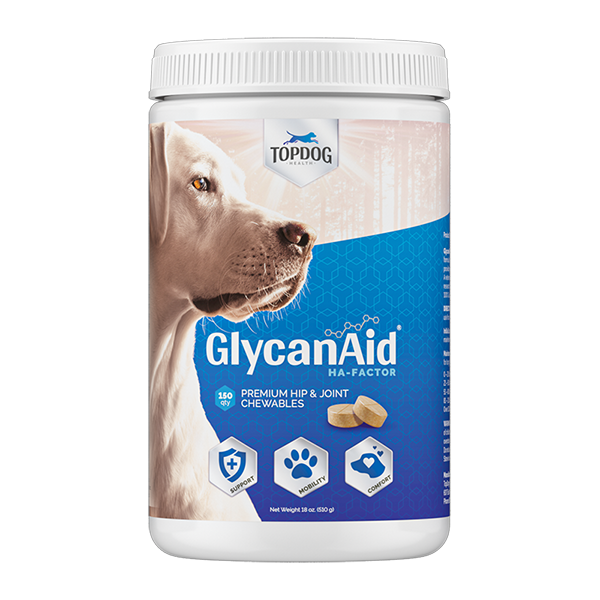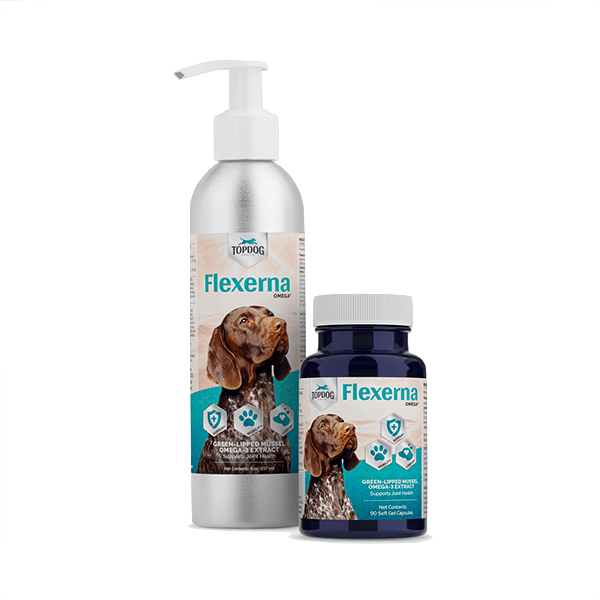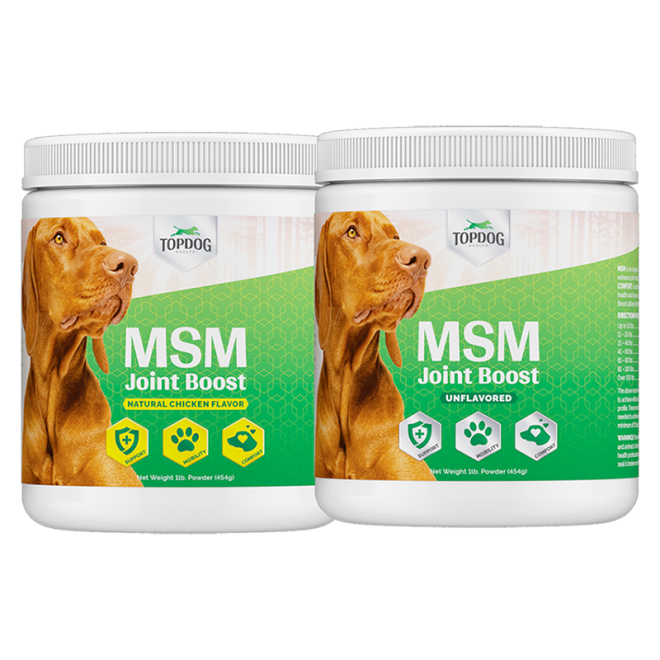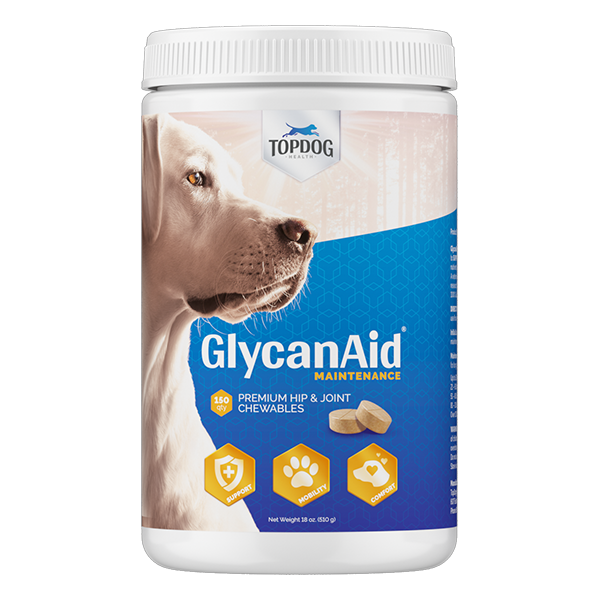The recovery period from a lateral fabellar suture surgery is every bit as important as the actual procedure. During this time, it’s important that your dog strictly follows the veterinarian’s orders or they could risk breaking that stabilizing suture.
First thing’s first, dogs will go home the day after surgery with antibiotics, anti-inflammatories, possibly a light bandage, and even a cone of shame if they’re the licking type.
For the first six weeks, it’s important that your dog doesn’t jump, run, or play. They can have short walks on a leash and should start passive range of motion exercises. If you have access to a professional rehabilitation clinic, get an appointment, otherwise, the Cruciate Home Rehab Guide can teach you how to safely do these exercises at home to increase strength and flexibility.
Anytime a joint experiences trauma or inflammation, arthritis should be on the radar. The progression of arthritis can be drastically reduced with a proper fixation and supplementation with products like GlycanAid HA, Flexerna Omega, and MSM Joint. These products provide your dog’s joints with good stuff like glucosamine, chondroitin, MSM, hyaluronic acid, and omega fatty acids to help maintain and improve joint cartilage, fluid and to decrease inflammation. All of this equals prolongation or reduction of arthritic discomfort. These supplements can be started immediately after surgery or even before to achieve the best outcome.
Now let’s talk about a sensitive subject that can really affect your dog’s recovery period-weight loss. Nobody likes to hear that their pup is overweight, but the fact of the matter is excess weight has a huge impact on joint health. Reaching a slim, trim, and healthy weight can really improve your dog’s chances at a successful lateral fabeller suture surgery and a longer, healthier life.






